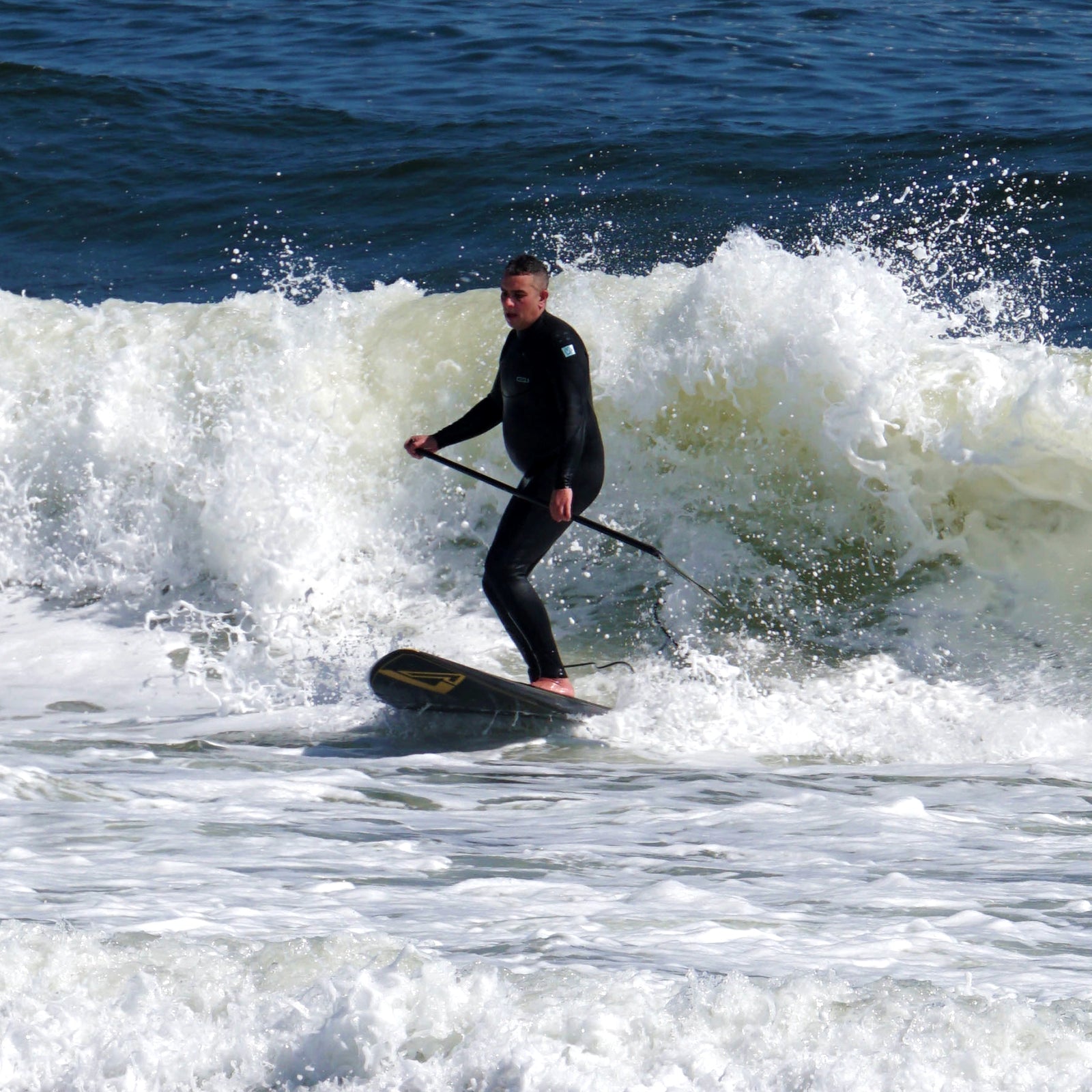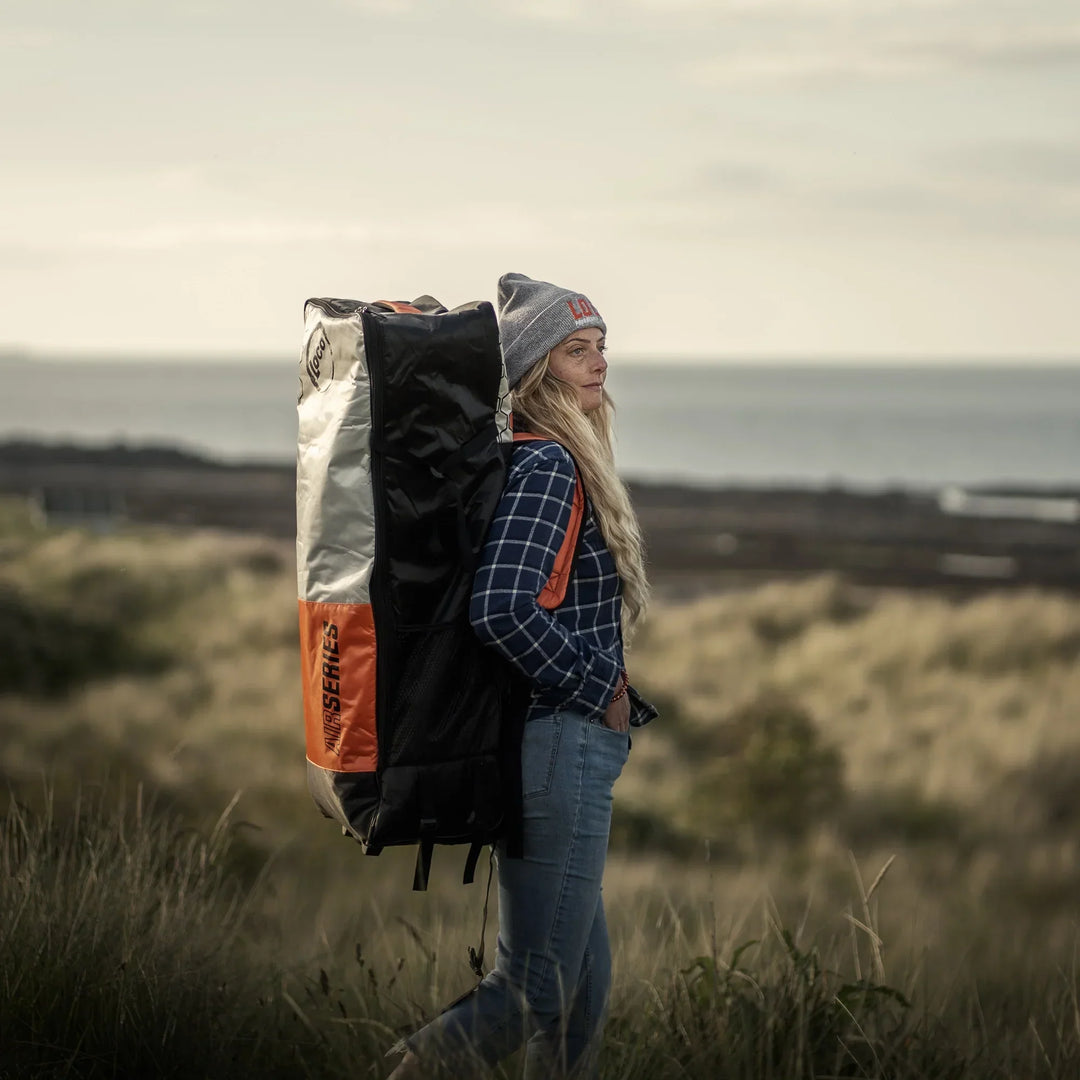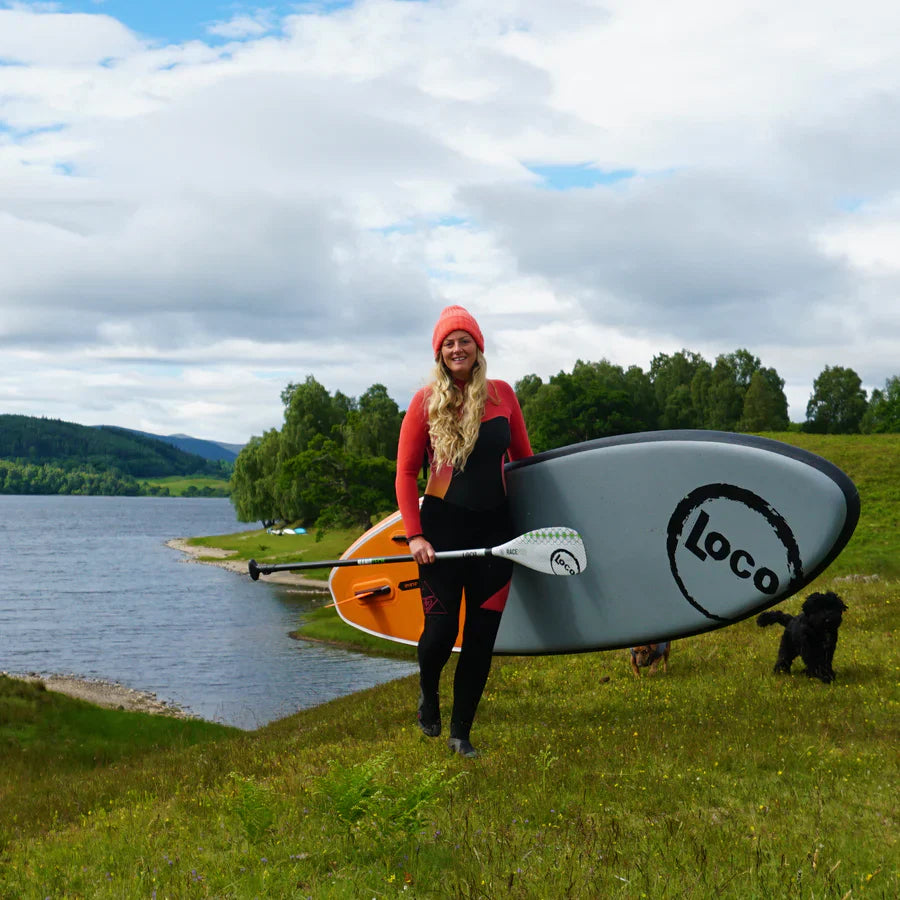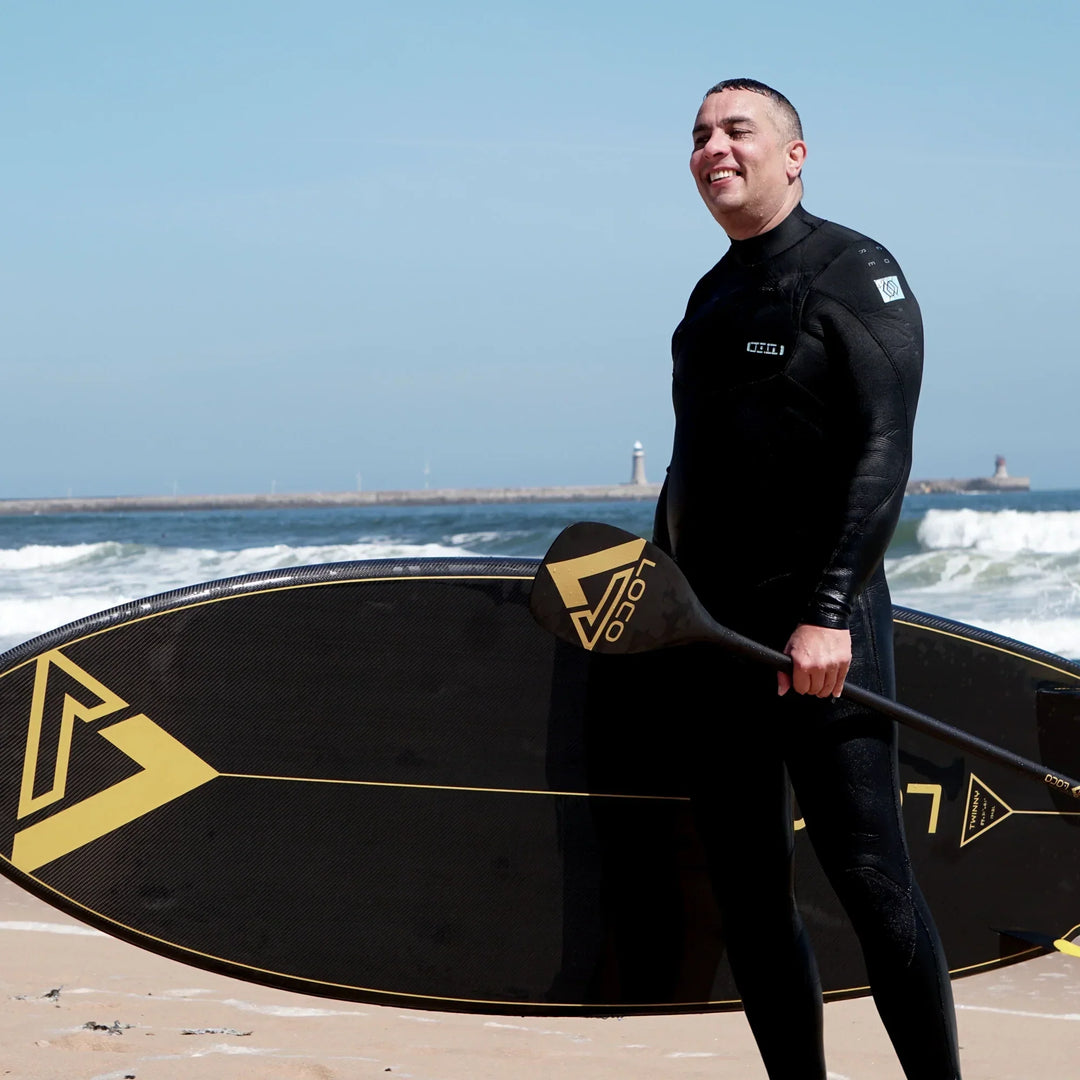Mastering The Art Of SUP Surfing in 2024: A Comprehensive Guide

Stand-up paddle boarding (SUP) has evolved into a dynamic and versatile water sport, offering enthusiasts an exhilarating way to ride waves and explore the water. This comprehensive guide will provide detailed insights into using stand-up paddle boarding for surfing, ensuring that you have the knowledge and skills to excel in this exciting activity.
Understanding Stand-Up Paddle Boarding
Stand-up paddle boarding involves standing on a large, stable board and using a paddle to navigate through the water. Originally designed for flatwater paddling, SUP has gained popularity in surfing due to its unique advantages and the thrilling experience it offers.
Choosing the Right Stand-Up Paddle Board for Surfing
Types of SUP Boards for Surfing
Selecting the appropriate SUP board is crucial for a successful surfing experience. There are various types of SUP boards designed specifically for surfing:
- Surf SUP Boards: These boards are shorter, narrower, and have more rocker (curvature) compared to flatwater SUP boards. They are designed for manoeuvrability and performance in the waves.
- All-Around SUP Boards: Versatile and suitable for both flatwater paddling and surfing, these boards offer a balance between stability and performance.
- Hybrid SUP Boards: Combining features of both surf and all-around boards, hybrids provide a good compromise for those who want to do a bit of everything.
Key Features to Consider
When choosing a SUP board for surfing, consider the following features:
- Length and Width: Shorter and narrower boards are more manoeuvrable but less stable. Beginners may prefer longer, wider boards for added stability.
- Rocker: A higher rocker (more curve) helps the board navigate waves more effectively.
- Volume and Thickness: Boards with higher volume and thickness offer better buoyancy and stability, important for beginners.
Essential Gear for SUP Surfing
Paddle Selection
Choosing the right paddle is essential for efficient paddling and wave riding. Look for paddles made of lightweight materials like carbon fibre, with adjustable lengths to suit different conditions and preferences.
Safety Equipment
Safety should always be a priority. Essential safety gear includes:
- Leash: Keeps you connected to your SUP board, preventing it from drifting away.
- Personal Floatation Device (PFD): Mandatory in some locations, a PFD ensures buoyancy and safety in the water.
- Wetsuit: Provides warmth and protection in colder waters.
Mastering Basic SUP Surfing Techniques
Paddling Out Through the Surf
Getting past the breaking waves requires skill and technique:
- Timing: Observe the waves and paddle out during lulls in the sets.
- Stance: Use a staggered stance for better balance and stability.
- Duck Dive or Turtle Roll: For larger waves, use these techniques to get your board under the waves.
Catching Waves
Positioning and timing are crucial for catching waves:
- Positioning: Stay just outside the breaking waves and look for incoming sets.
- Paddling: Paddle with long, powerful strokes to match the speed of the wave.
- Pop-Up: As the wave lifts you, quickly transition from kneeling to standing.
Riding the Wave
Once you’ve caught a wave, the real fun begins:
- Stance and Balance: Maintain a low centre of gravity and keep your weight centred.
- Turning: Use your paddle to assist with turns and maintain control.
- Reading the Wave: Adjust your position and direction based on the wave’s shape and movement.
Advanced SUP Surfing Techniques
Bottom Turns and Top Turns
Mastering turns is essential for advanced SUP surfing:
- Bottom Turn: The first turn at the bottom of the wave sets up your ride. Lean into the turn and use your paddle for stability.
- Top Turn: As you reach the top of the wave, pivot your board and turn back down. This manoeuvre requires timing and precision.
Cutbacks and Re-Entries
Advanced manoeuvres add style and control to your surfing:
- Cutback: A sharp turn back towards the breaking part of the wave, maintaining speed and control.
- Re-Entry: A vertical turn at the wave’s lip, requiring precise timing and balance.
Aerials and Floaters
For experienced surfers looking to push the limits:
- Aerials: Launching off the wave’s lip into the air. This move requires speed, skill, and a good understanding of wave dynamics.
- Floaters: Riding the white water at the top of the wave, maintaining balance and control.
Benefits of SUP Surfing
Physical Fitness
SUP surfing offers a full-body workout, engaging your core, legs, and upper body. The constant balancing and paddling improve strength, endurance, and coordination.
Mental Wellbeing
Being on the water and riding waves provides a sense of freedom and exhilaration. SUP surfing can reduce stress, improve mood, and promote overall mental wellbeing.
Accessibility
SUP surfing is accessible to people of all ages and skill levels. With the right equipment and guidance, beginners can quickly learn the basics and enjoy the thrill of surfing.
Environmental Considerations
Eco-Friendly Practices
As with all outdoor activities, it’s important to minimize your environmental impact:
- Leave No Trace: Always clean up after yourself and dispose of waste properly.
- Respect Marine Life: Avoid disturbing wildlife and marine habitats.
- Eco-Friendly Gear: Choose gear made from sustainable materials and support environmentally responsible brands.
Conservation Efforts
Supporting local conservation efforts and participating in beach clean-ups helps protect the oceans and ensures that future generations can enjoy SUP surfing.
FAQ: Stand-Up Paddle Boarding for Surfing
What is the best SUP board for surfing?
The best SUP board for surfing is typically shorter, narrower, and has more rocker. Surf-specific SUP boards are designed for manoeuvrability and performance in waves.
Do I need a special paddle for SUP surfing?
Yes, it's advisable to use a lightweight, adjustable paddle made from materials like carbon fibre to enhance performance and comfort.
How do I stay safe while SUP surfing?
Always use a leash to stay connected to your board, wear a personal flotation device (PFD) if required, and consider a wetsuit for warmth and protection.
Can beginners try SUP surfing?
Absolutely! Beginners can start with larger, more stable boards and practice in smaller waves. With guidance and practice, SUP surfing is accessible to all skill levels.
What are the key techniques for catching waves?
Position yourself just outside the breaking waves, paddle with powerful strokes to match the wave's speed, and transition quickly from kneeling to standing as the wave lifts you.
How do I improve my SUP surfing skills?
Practice regularly, join a local SUP surfing community, take professional lessons, and participate in local events and competitions to enhance your skills.
Conclusion
Stand-up paddle boarding for surfing offers a unique and thrilling way to ride waves and enjoy the water. With the right equipment, techniques, and safety precautions, anyone can master this exciting sport. Embrace the challenge, respect the environment, and enjoy the endless possibilities that SUP surfing provides.




